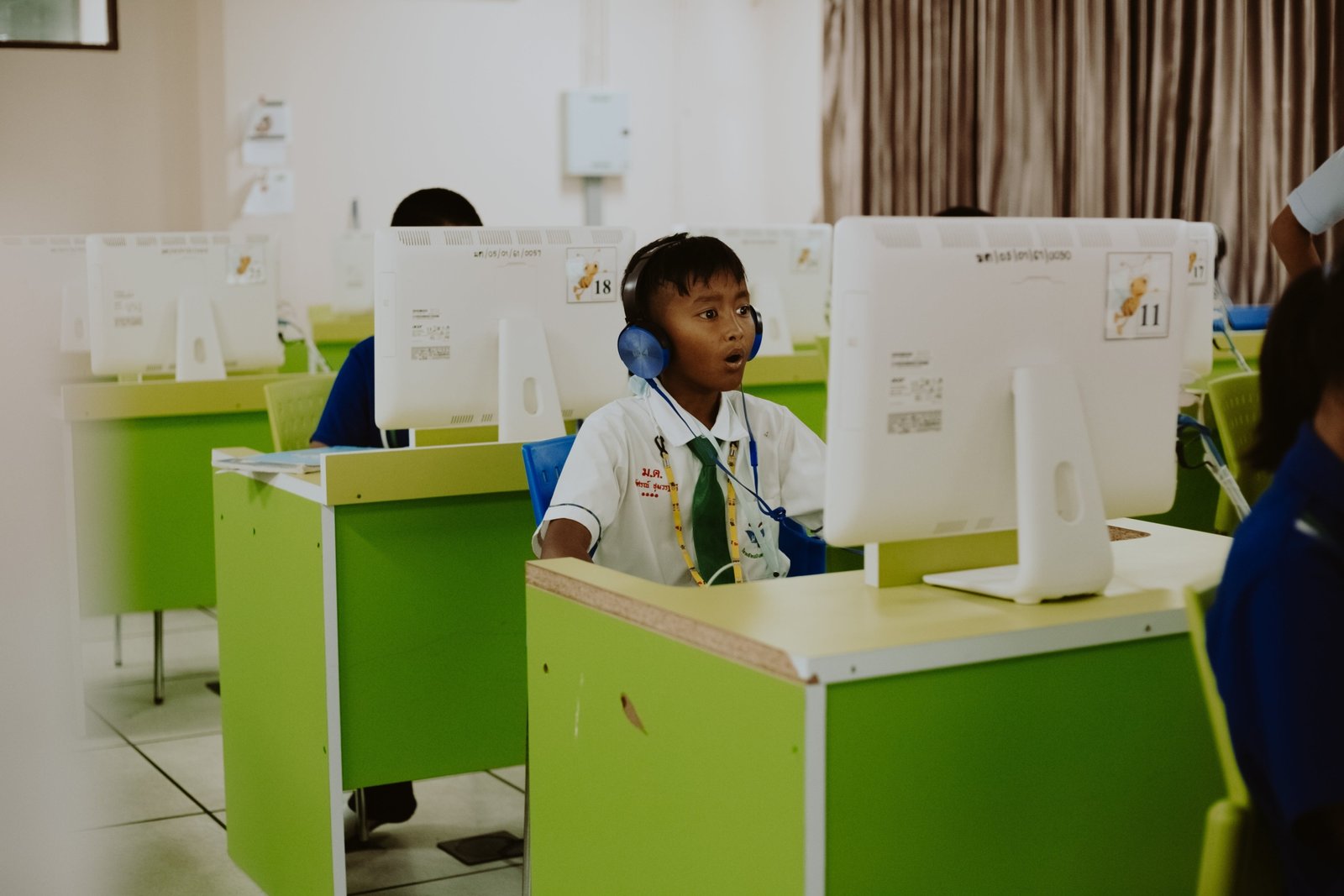Introduction
In the dynamic landscape of education, providing children with diverse resources is pivotal for their holistic development. The traditional chalk-and-board method has evolved, and today, a rich array of resources is available to enhance a child’s learning experience.
Diverse Learning Tools
Education is not one-size-fits-all, and recognizing this, educators now utilize a variety of tools to cater to different learning styles. From visual aids to hands-on activities, the arsenal of resources has expanded significantly.
Printed Materials
In a world dominated by technology, the significance of printed materials remains strong. Books, worksheets, and physical resources offer a tangible and immersive learning experience for children. Turning the pages of a book or completing a worksheet provides a sense of accomplishment.
Digital Platforms
The digital revolution has brought about a paradigm shift in education. Online resources offer a wealth of knowledge at the click of a button. Educational websites provide a platform for interactive learning, making education engaging and accessible.
Educational Apps
Educational apps have become indispensable in the modern classroom. These apps are designed to be both educational and entertaining, creating a seamless blend that captures a child’s attention while imparting valuable knowledge.
Interactive Games
Learning through play is a concept gaining traction. Interactive games, whether physical or digital, not only make learning enjoyable but also foster critical thinking and problem-solving skills. From board games to educational video games, these resources have proven to be effective.
Creative Arts and Crafts
Holistic development involves nurturing creativity. Incorporating arts and crafts into the curriculum not only hones artistic skills but also encourages self-expression and imaginative thinking.
Parental Involvement
Parents play a crucial role in supplementing a child’s education. In today’s digital age, they can actively engage with educational apps, monitor progress, and create a conducive learning environment at home.
Challenges in Accessing Resources
Despite the advancements, challenges in accessing resources persist. Socioeconomic factors may limit some children’s access to the full spectrum of educational tools, highlighting the need for inclusive strategies.
The Role of Teachers
Teachers serve as the bridge between children and resources. Their ability to curate and utilize resources effectively can significantly impact a child’s learning journey. Professional development for teachers in this regard is crucial.
Adapting to Different Ages
Children’s needs evolve as they grow. Resources should be tailored to the specific requirements of different age groups, ensuring that the content is both age-appropriate and challenging.
Importance of a Resource-Rich Environment
Creating an environment filled with diverse educational tools fosters curiosity and a love for learning. A resource-rich setting encourages exploration and ensures that children have the tools they need to succeed.
Balancing Screen Time
While digital resources are beneficial, there’s a need for balance. Striking a balance between screen time and hands-on activities is essential for a child’s overall well-being.
Measuring Success
Evaluating the effectiveness of children’s resources involves looking beyond academic achievements. Observing improvements in critical thinking, communication skills, and enthusiasm for learning are key indicators of success.
Conclusion
In conclusion, investing in a diverse range of resources is an investment in the future. Children’s resources, encompassing both traditional and modern tools, play a pivotal role in shaping young minds. As we navigate the complexities of education, let us prioritize creating an environment where every child has access to the resources they need to thrive.
FAQs
- How can parents actively contribute to their child’s learning using resources?
- Parents can engage with educational apps, read with their children, and create a supportive learning environment at home.
- What are the challenges in providing equal access to educational resources for all children?
- Socioeconomic factors can limit access to resources, highlighting the need for inclusive strategies in education.
- How can teachers effectively utilize diverse resources in the classroom?
- Teachers can undergo professional development to enhance their ability to curate and use resources that cater to different learning styles.
- Is there a recommended balance between digital and traditional resources for children?
- Striking a balance between screen time and hands-on activities is recommended for a holistic learning experience.
- What are the key indicators of success when evaluating the effectiveness of children’s resources?
- Success goes beyond academic achievements and includes improvements in critical thinking, communication skills, and enthusiasm for learning.
